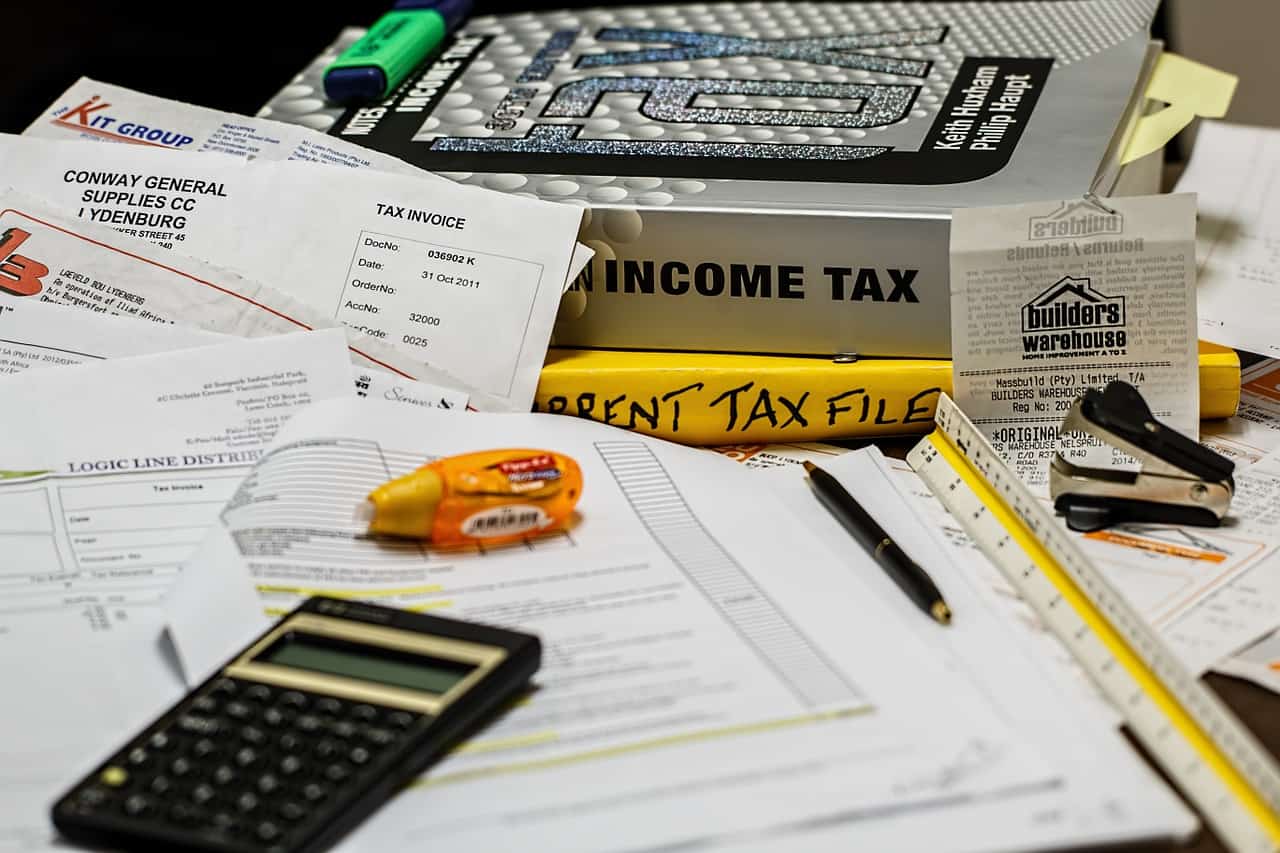
How to pay self-employed taxes for your business
Being self-employed can be exciting and freeing. You’re in charge of getting sales, chatting with customers, and getting positive reviews all on your own schedule. You’re also in charge of the ins and outs of paying your taxes on the income your making. One of the most important things you’ll need to keep track of is your taxes. You’ll need to know what you have to pay and when it needs to be paid.
Not sure whether or not you qualify as a small business? You may be running one and not even know it. Independent contractors, freelancers, babysitters, and dog walkers are all running legitimate businesses so it’s important to treat it with the seriousness it deserves.
If you’re looking for information on paying self-employed tax, we’ll go over it all here. Setting up your taxes correctly the first time—and early on—can save you hassle and frustration later.
Choose a business entity
You’ll first need to determine the kind of small business you have. The structure of your business will influence how your taxes work. Knowing about the different kinds of entities available can help you make the best choice for your business.
Your business can be a sole proprietorship, a partnership, or a corporation. We’ll take a closer look at each one here. We’ll also look at the benefits and drawbacks that might accompany your chosen entity type.
Sole proprietorships
Being the sole proprietor of business means you’re the sole owner. There’s no distinction between you, the owner, and the business itself. It’s easy to set up a sole proprietor business and it’s a fairly common choice for a new business.
Sole proprietors should pay their taxes according to schedule C. If you choose to use the sole proprietor model, you will be responsible for paying self-employment taxes. These will include social security tax and Medicare tax.
Partnerships
A partnership structure for your company means there will be at least two owners to your business. There are a wide variety of ways your partnership may be structured, including different approaches to liability and operations.
You may discover you’ll be eligible for a few tax-related perks if you choose the partnership route. For instance, while many partnerships do need to file an information return, they don’t usually pay federal income tax.
Corporations
A corporation is a legal entity that creates a clear distinction between the business and the owner. Setting up as a corporation can help protect your personal assets. The type of business you own may impact whether you decide moving forward as a corporation is beneficial to you.
If you decide a corporation is right for you, you’ll need to choose between an S corporation and a C corporation designation. This will determine how the IRS views your business and impact the way you file your taxes.
While both types are corporations, there are some differences between an S corporation and a C corporation. For instance, S corporations can only have up to 100 shareholders. There are no restrictions on the number of shareholders a C corporation can have.
S corporations are also unable to have more than one class of stock and all shareholders have an equally-weighted vote. C corporations, on the other hand, are able to divide their stock by class.
Additional differences become apparent when dealing with your taxes. Consider the following when choosing what kind of corporation you’re creating.
S Corporation
The S corporation is similar to a partnership business setup. They are considered pass-through tax entities. While they will file an information federal return, the corporation won’t pay income tax. Instead, any taxes that are due will pass through the corporation and fall to the owner(s) to pay at the individual level.
C Corporation
Unlike the S corporation, the C corporation will file a corporate tax return. They’ll pay taxes at the corporate level. Owners may also experience double taxation through any dividends they have at the individual level.
LLC (Limited Liability Corporation)
While an LLC is a designation your company can have, it’s only relevant at the state level. The IRS will still need to see your LLC filed as a sole proprietorship, a partnership, or a corporation for proper tax filing.
Know your tax bracket
Getting your tax situation squared away begins with knowing your tax bracket. Your tax bracket will be determined by looking at your income and your filing status.
In the United States, we have seven different tax brackets. Using a tax bracket calculator can help you quickly assess your bracket and plan accordingly.
Pay your quarterly taxes
When you’re self-employed, you usually file your taxes annually. Then, you’ll pay your estimated tax payments on a quarterly schedule.
If you’re working for a business, you usually have some money withheld from your paycheck. This money goes toward the taxes you’ll owe at the end of the year. When you’re self-employed, you’re responsible for participating in the same tax system.
The self-employment tax rate is 15.3 percent. This is broken into two portions—12.4 percent of this tax rate goes toward social security. The remaining 2.9 percent is allocated toward Medicare.
This is done by paying your self-employment tax. The IRS form 1040-ES will help you with this process.
Once you’re an established business owner, you’ll use your previous tax information to determine your estimated taxes. Your first year, you’ll need to estimate how much of an income you’ll be making and plan your quarterly payments from there.
Don’t forget your business tax deductions
When it comes to taxes, knowing your tax bracket and setting up a quarterly payment schedule isn’t enough. You’ll want to plan on accounting for all of your business deductions in order to avoid any unnecessary financial loss.
Keeping impeccable business records will help you properly account for any money you spend on your business. There may be some deductions available to you for the small business you haven’t considered yet.
Home office
Do you have a dedicated office space in your home that’s used exclusively for your business? This can be a business tax deduction.
Remember that both indirect and direct expenditures for your home office count toward your tax deductions. Did you buy a new suite of furniture, filing cabinets, or blinds? All of those are indirect expenditures that keep your office running smoothly.
Direct expenditures would include allocating a portion of your mortgage—based on the size of your office space—as a business expense. This is the same principle you would use if you were renting an office or storage space at an additional site.
Car expenses and maintenance
Have a business that requires some kind of transportation? Many small businesses do even if it’s only used for shuttling goods to and from the post office.
If you spend a lot of time in your car or even an RV traveling to meet clients or vendors, you may want to consider a dedicated work vehicle. If you choose to use your personal vehicle, expect to maintain detailed documentation about your vehicle’s use and be sure to save any pertinent receipts.
Equipment and office supplies
Paper, pens, and mailing materials can all be found in your local office supply store. But when you’re considering your office supplies for tax deductions, don’t forget to look at other supplies that make your company run.
A new computer, a great recording system, web pages, management software—all of this and more are part of the expenses you’ve incurred to make your business run better. Be sure to account for them all when it comes to reporting your tax year.
This is just a sampling of the kinds of deductions you should be considering for your small business.
For more information about different kinds of tax deductions and where they can be found, this article may be helpful.
Conclusion
You don’t want to start your business off on the wrong foot. If your small business income is greater than $400, it needs to be reported. You’ll have to factor in your business income, net profit, and any losses to determine what you owe.
Knowing the basics of your small business and tax time can be a great start. Looking to a professional for help setting up your business and analyzing your current situation may be beneficial as it could save you more money. With a little bit of prep work, you may find that the looming due date you used to dread, isn’t so bad after all.
Watch your online reputation transform with Broadly



